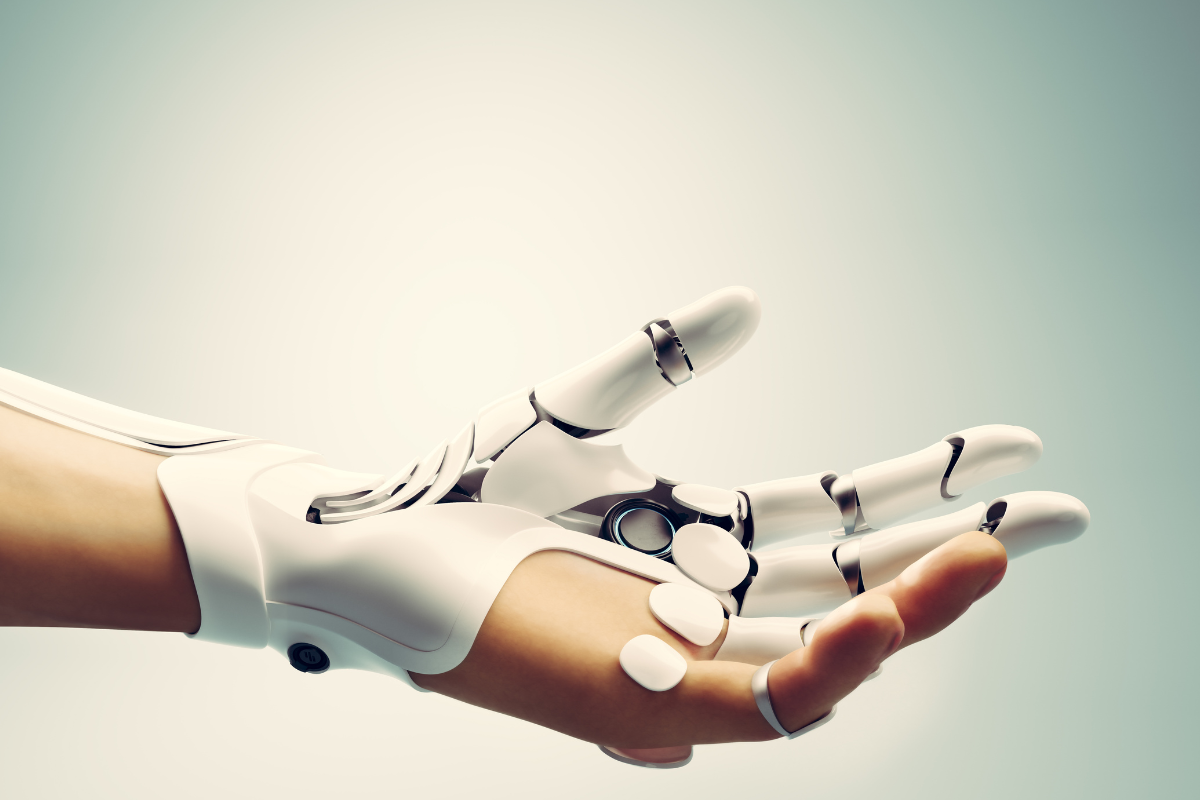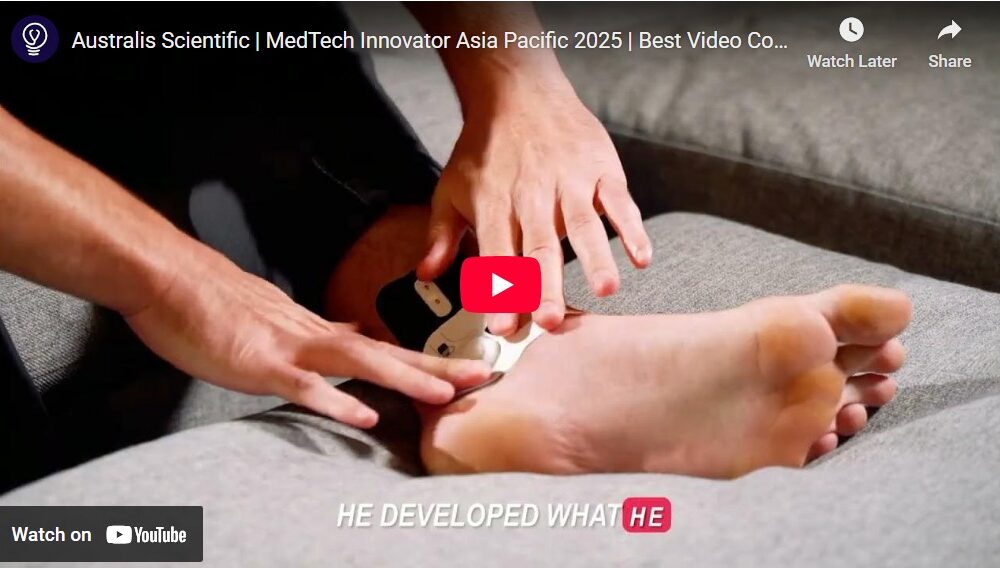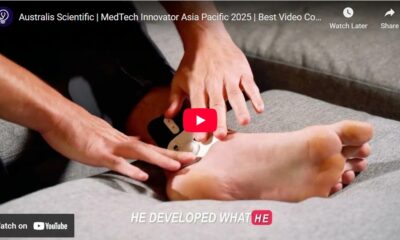-


Using AI chatbots for Medical Information – How to Prevent Fake Medical News?
August 12, 2025Do you still use online search engine to find medical information? AI chatbots like ChatGPT are...
-


New AI software research to diagnose medical problems
May 20, 2025The release of Large-Language Models (LLMs) and chatbots built upon them such as ChatGPT and DeepSeek...
-


FDA-Approved AI Software for Reliable Medical Information
May 6, 2025Tech companies are putting artificial intelligence (AI) into their products such as consumer-grade medical devices and...
-


Soft Robotics: Improving Patients’ Quality of Life
March 4, 2025Advancements in medical technology continue to revolutionise patient care, and one of the most exciting developments...
-


Sleep Apnea Aids
November 21, 2023Snoring occurs when the flow of air through the mouth and nose is partially blocked during...
-


Is it safe to use AI Chatbots for your health diagnosis?
July 18, 2023In this article, we explore the potential benefits of using AI chatbots for health diagnosis and...
-


Innovative Hand Gloves to Improve Tremour and Stroke Recovery
May 9, 2023Need a cup of coffee? Most of us reach out for that hot brew effortlessly without...








